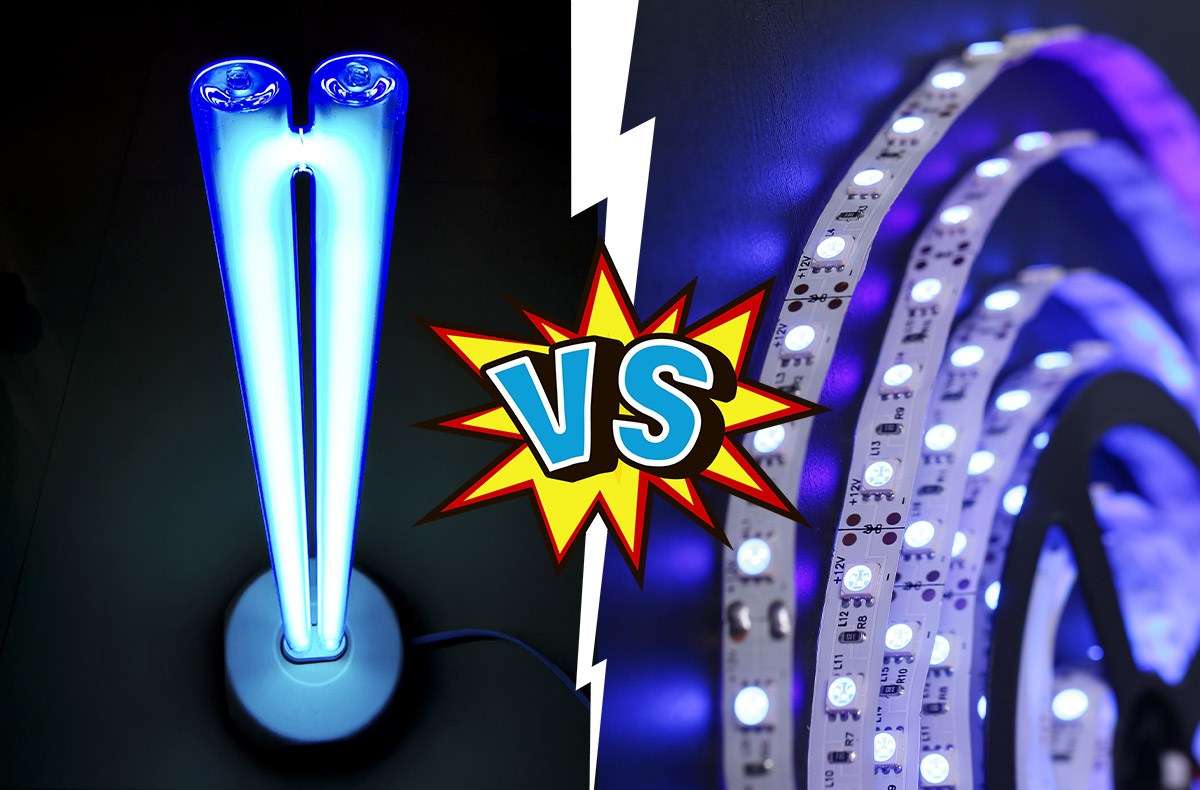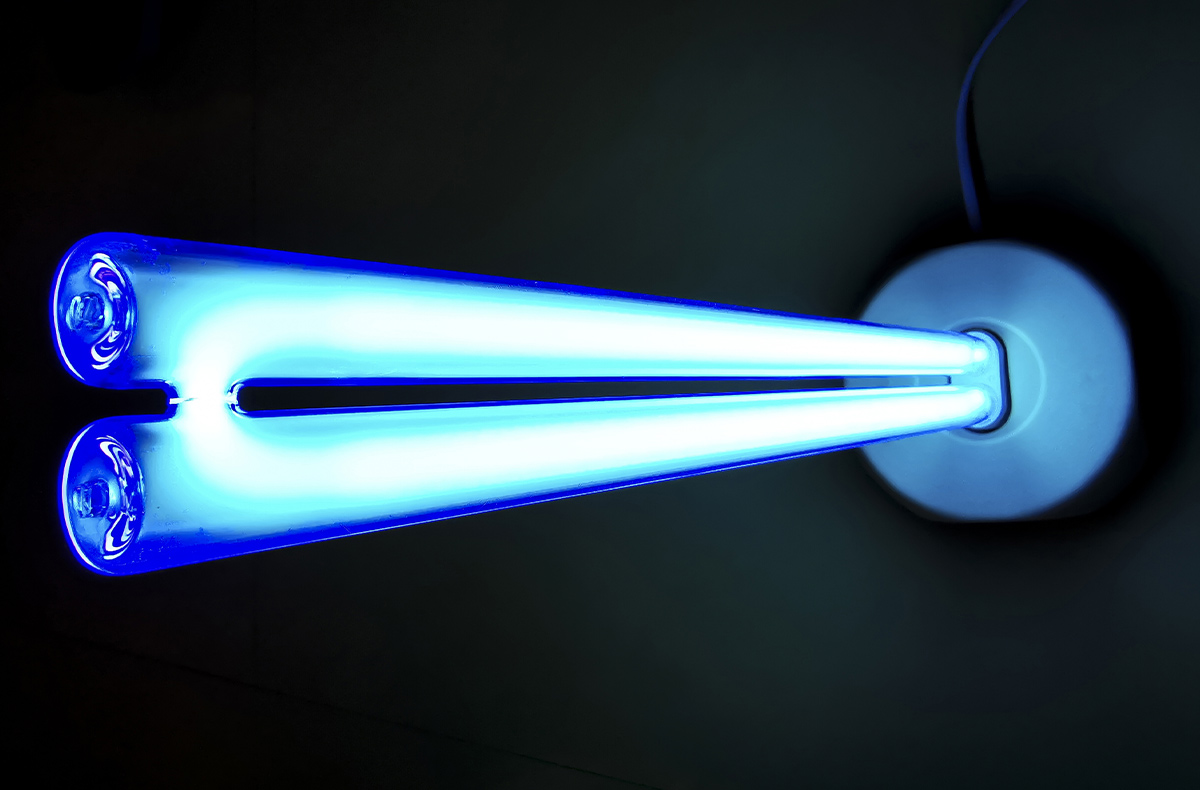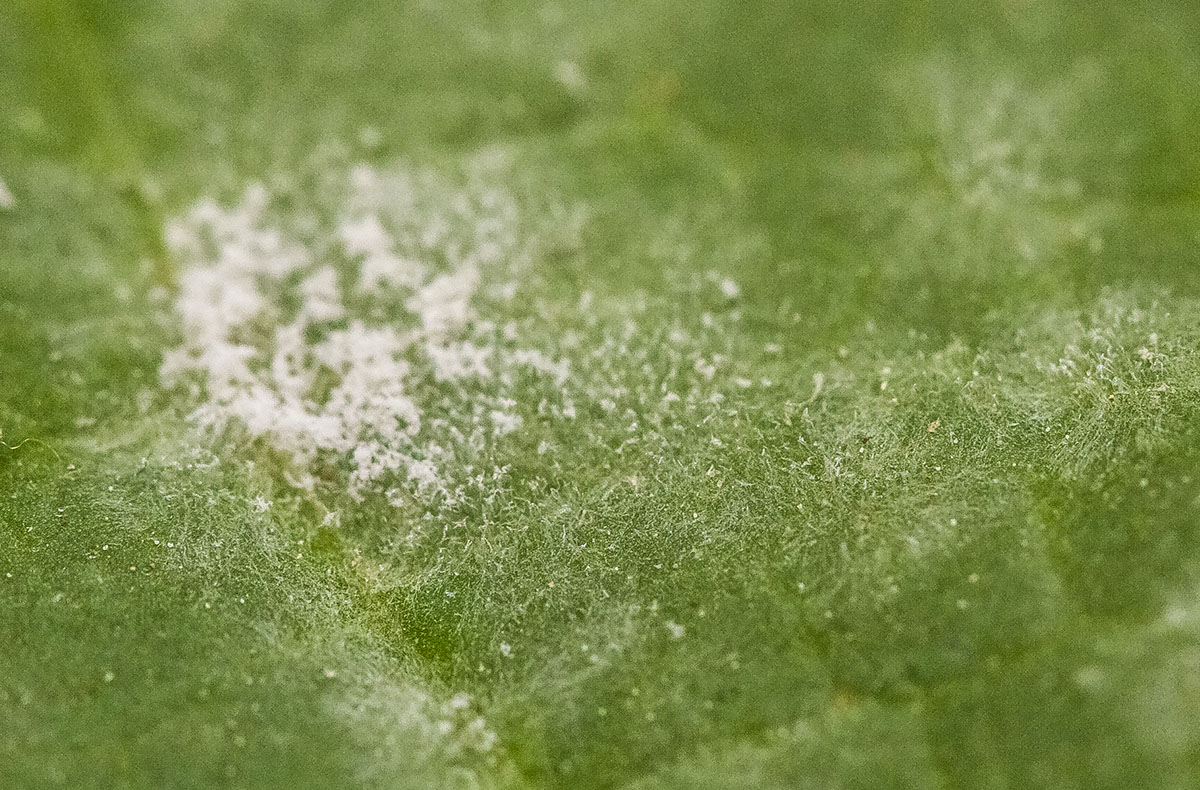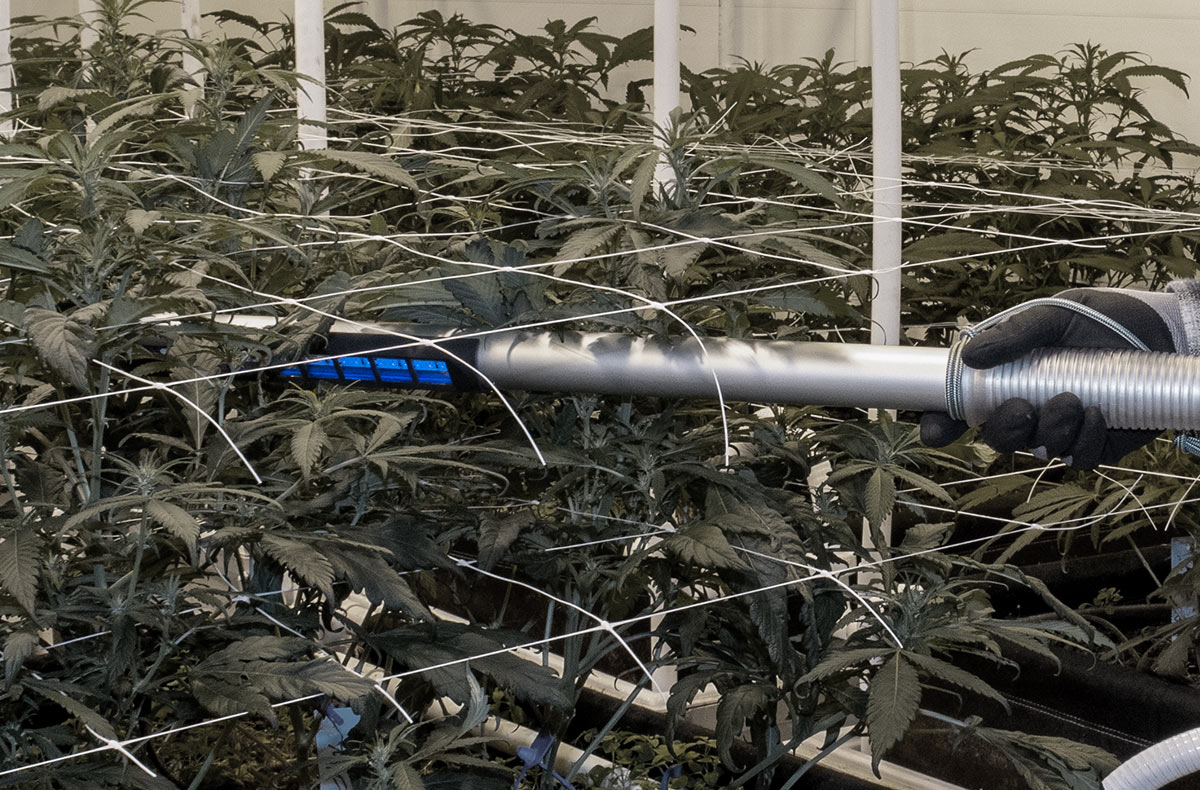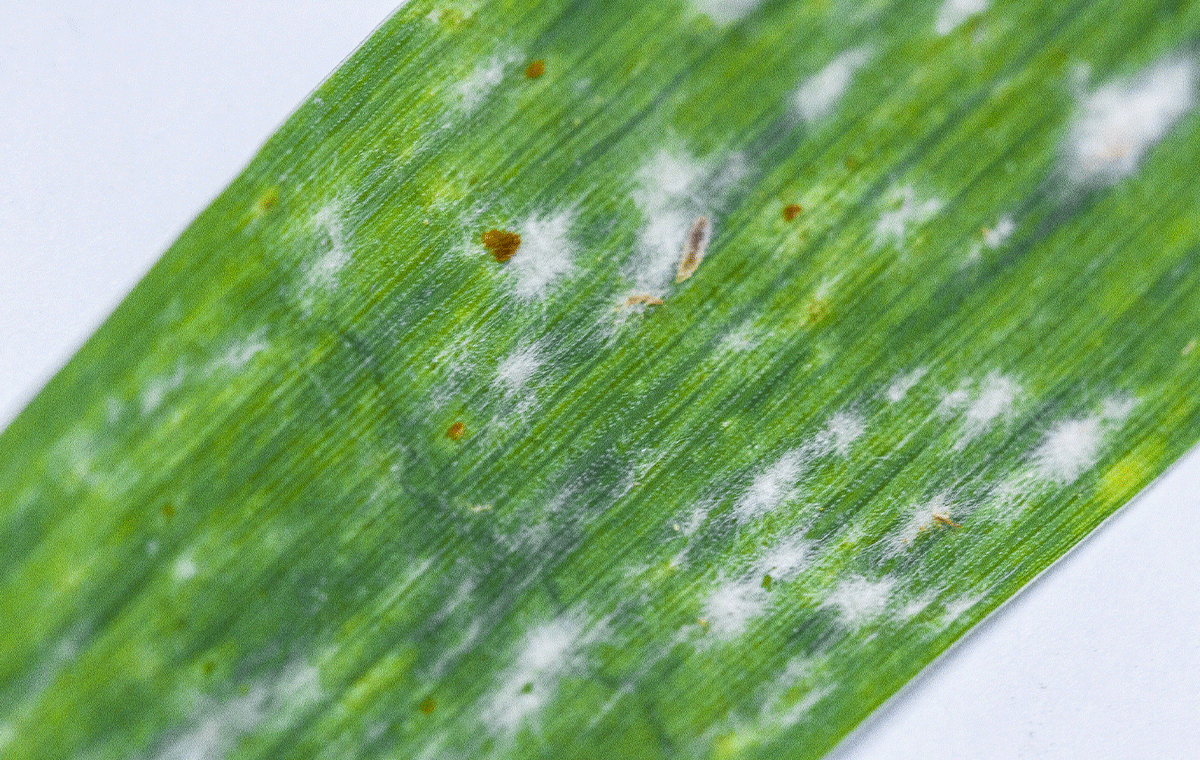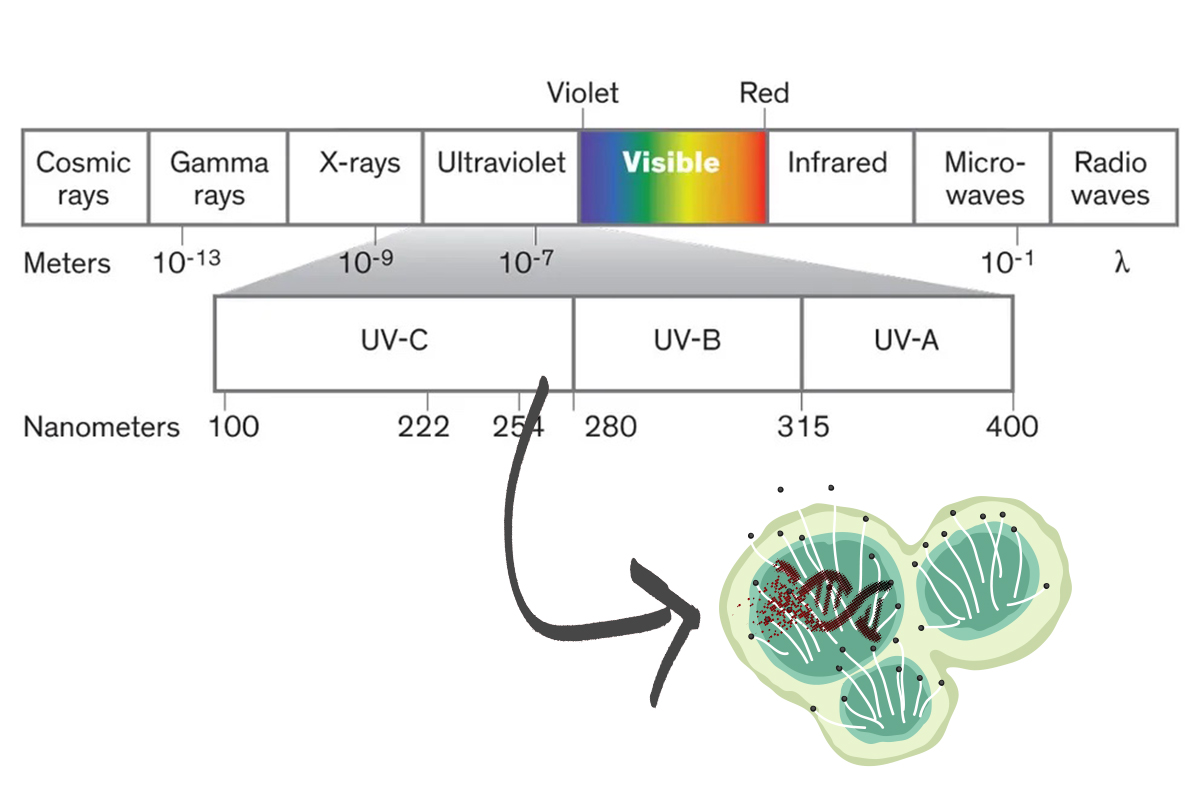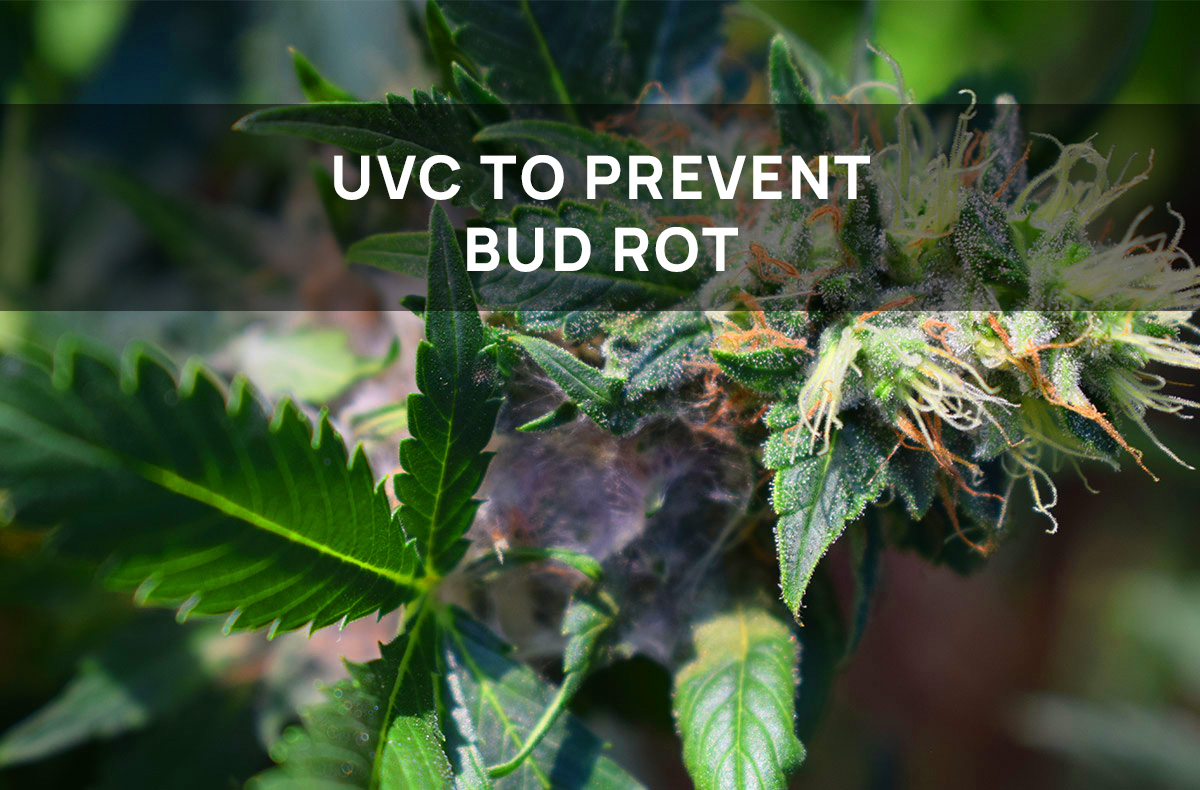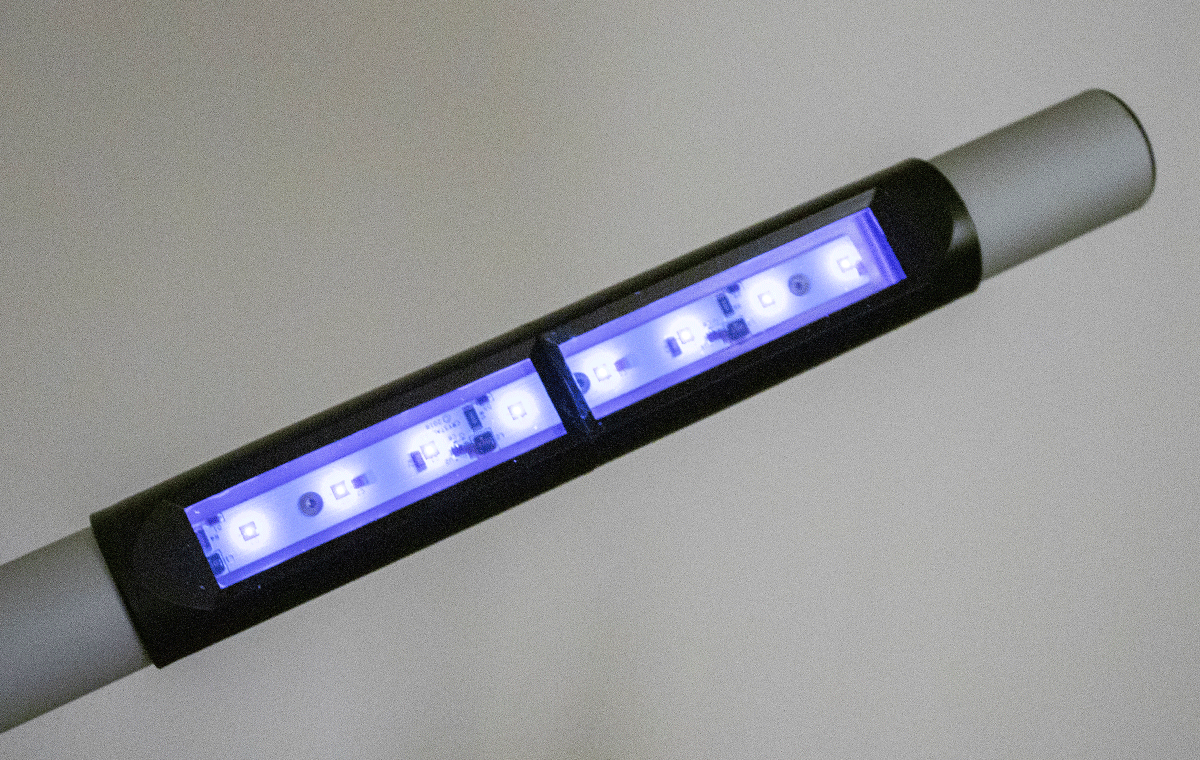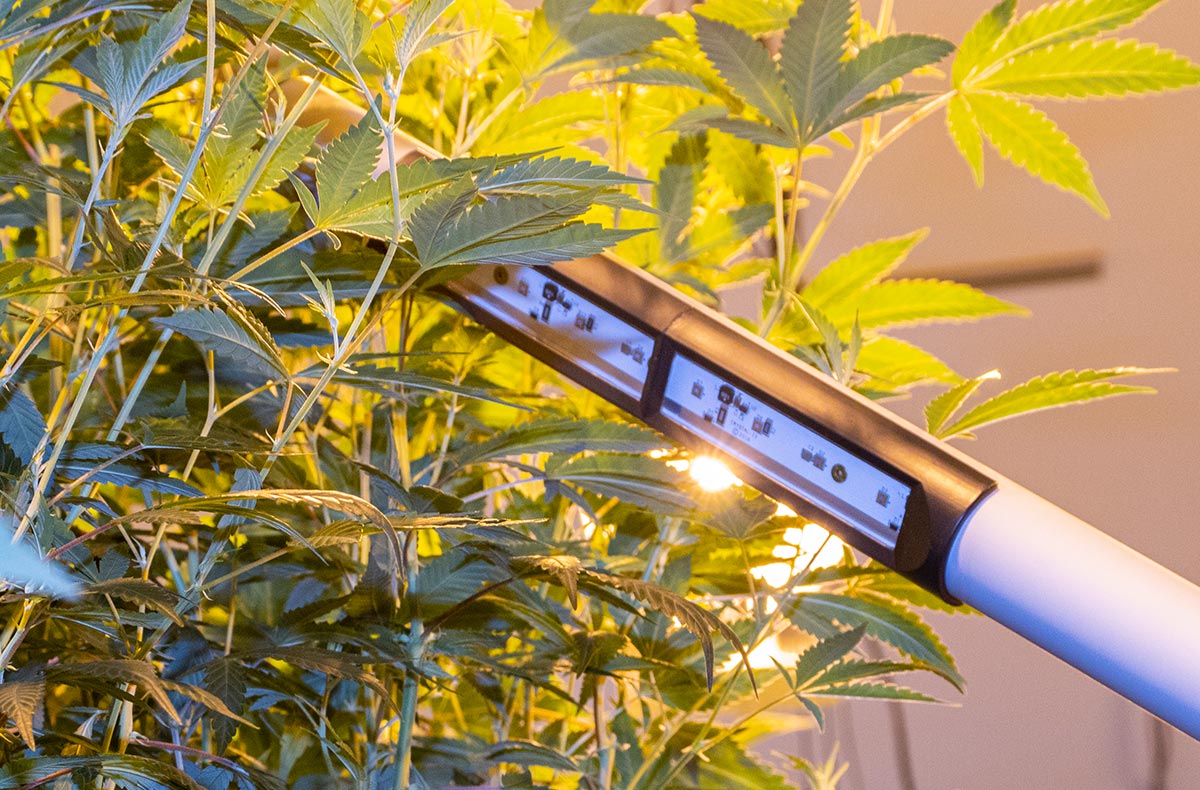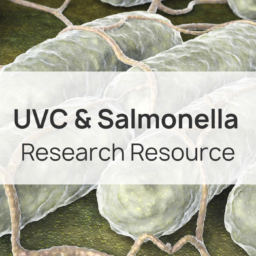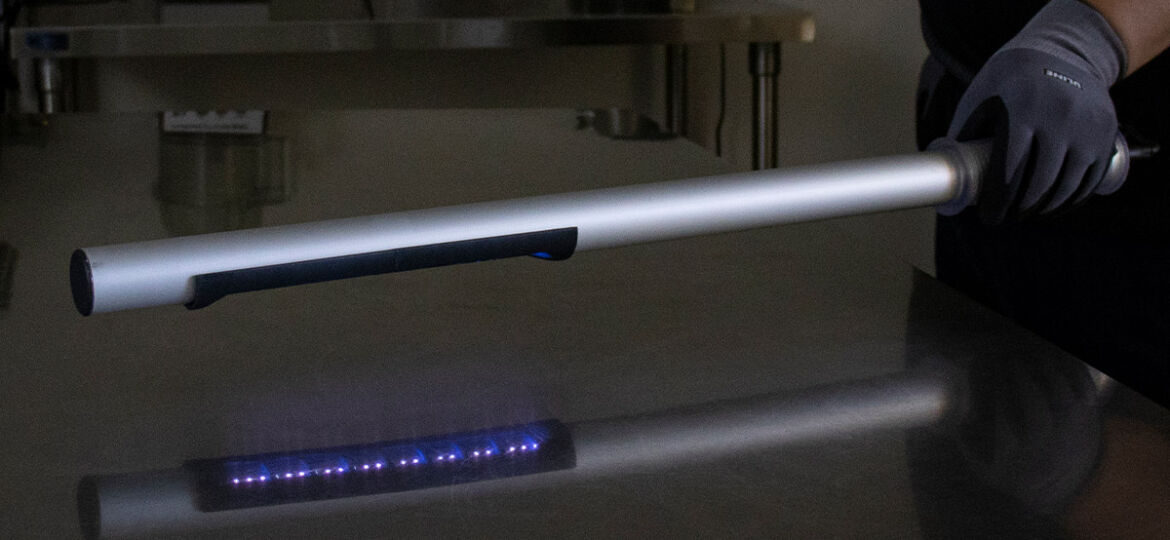
The Katana is a versatile tool for every stage of the cannabis journey. From growing and harvesting to drying and sales, the Katana delivers powerful germicidal UVC disinfection.
Mother Rooms
Generally speaking, mother rooms are under 24 hour light. This stimulates continuous vegetative growth. It is also a plant stressor which makes plants more susceptible to powdery mildew. Once powdery mildew is on a mother plant, it is challenging to get rid of and thoroughly clean the room since these plants typically never leave the room. This kind of condition likely requires chemical intervention since the chemical trace doesn’t get passed onto the clones.
Utilizing the Katana for regular treatments within a Mother room is an opportunity to help prevent powdery mildew. Spot treatments will also help keep powdery mildew from blooming into a huge outbreak. Using the Katana before a mother is harvested for clone material will prevent the migration of viable spores via cloned materials.
For the Katana to be most efficient in a mother room, it will need a dark period. This is when powdery mildew’s light-activated DNA repair mechanisms are turned off. Four hours of darkness after treatment is all that is needed to bolster the destruction of UVC without triggering the mother plant to bloom.
Clones
The Katana is a powerful step in pre-cloning tools and surface sterilization. We still recommend that the Cloners themselves be chemically sterilized. But before the clones are placed into their collars, a treatment of the Katana on the surface of the cloner, the rack and the lights prevents any residual powdery mildew spores from dropping onto the cloner or clones when agitated.
The cloning process is stressful to the cuttings. Likewise, certain clone strains are more susceptible to powdery mildew. The Katana can be used as part of a regular maintenance plan to render surface powdery mildew spores ineffective. It is a chemical free support tool for clone success, especially in those strains more susceptible. For the highest rate of effectiveness, treat clones with the Katana at the start of the dark cycle or followed directly after by a 4-hour dark period.
Continual disinfection with the Katana on all surfaces, racks, lights and clones is a recommended practice for keeping contamination at minimal levels.
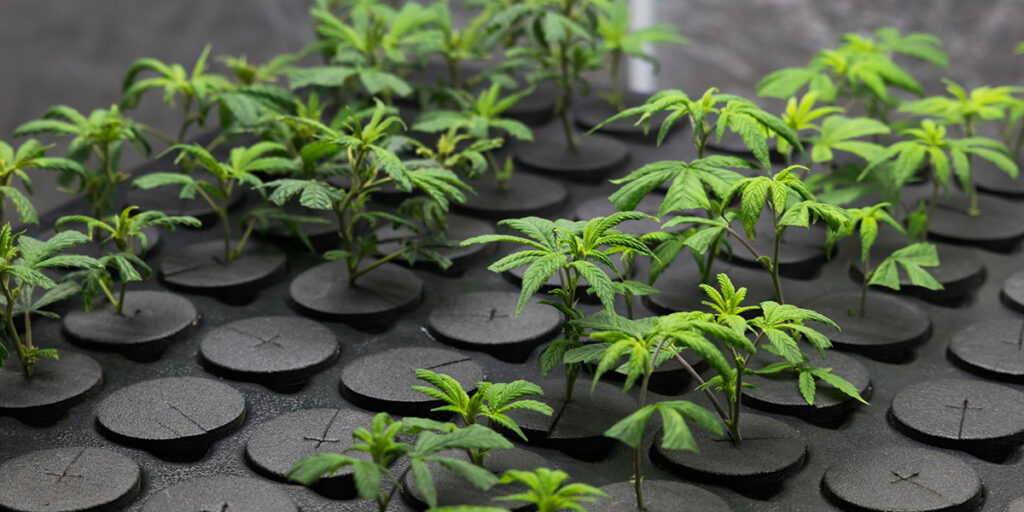
Transplanting Clones to Pots
Transplanting clones from hydroponics to an organic material environment induces stress and increases their susceptibility to disease. This is a common stage for powdery mildew to flare up. Regular treatment of recently transplanted clones with the Katana – followed by at least a four hour period of darkness – can help bolster their defenses while they adjust to their new environment.
Vegetative Phase
Powdery mildew is a common contaminant during the vegetative phase. Like with mother rooms, powdery mildew can thrive in the 24-hour lighted conditions. Regular treatment with the Katana every other or every two days is recommended to prevent powdery mildew. (Allowing for four hours of darkness after a Katana treatment can reduce the frequency of application.)
If there are small patches of active powdery mildew on any plants, the Katana can be used to spot treat those areas and reduce spread. If the outbreak is widespread, we recommend using the Katana as part of a layered defense to help you reduce chemical treatment.
Prior to moving the veg plants into the flower room, thoroughly treat them with the Katana. This prevents the migration of powdery mildew into other rooms.

Flower Phase
The Katana is one of your best tools for prevention. As with the vegetative phase, regular treatments with the Katana right before or at the start of periods of darkness prevents powdery mildew and bud rot outbreaks and mitigates spread. An excellent preventative measure is to treat plants with the Katana right before the last dark cycle prior to harvest.
If you struggle with extensive outbreaks in your flower rooms, you can still utilize the Katana. It should be used alongside heavy air filtration and chemical treatments. Aplly the Katana before chemical treatment. This allows for a more diluted concentration of chemical to be used, lowering leftover chemical residue.
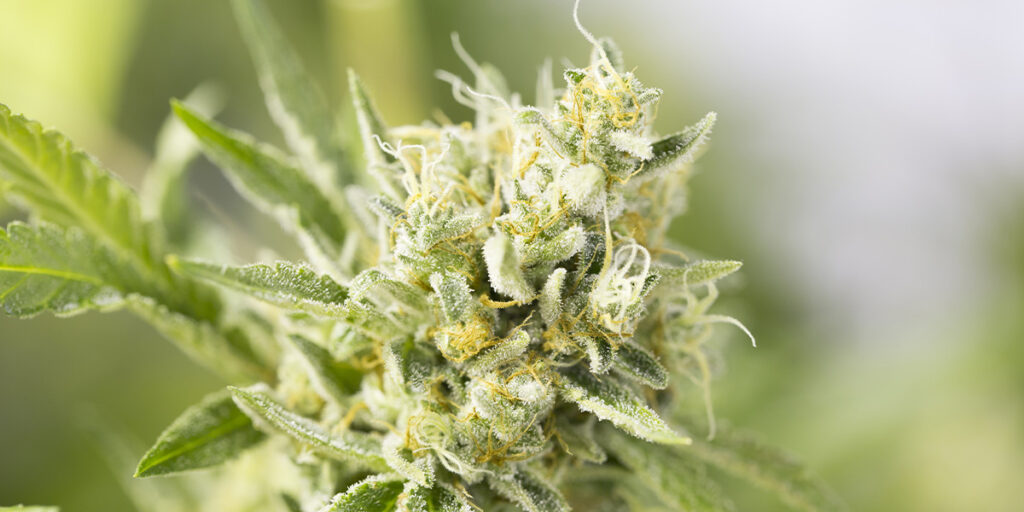
Harvest
Harvest is dirty work. There is a lot of movement of material, tools, people and air. If there is even a little bit of active powdery mildew spores hanging around, they will spread. Use the Katana to sanitize tools, surfaces and materials being harvested throughout the whole process.
Post Harvest
Whether you hang your plants right away or they go through a light trim process, there is always risk of cross contamination and/or the development of powdery mildew and bud rot. This stage holds high risk for your product. The Katana can be used daily on newly harvested and existing materials to prevent the development of powdery mildew or bud rot.
The Katana is also important during the cure stage, after all the trimming has been performed.When checking containers daily, apply the Katana directly on the product inside. Its rounded, slender design makes it ideal for stirring curing products around (depending on your container type) and mitigating the spread and development of biologicals.
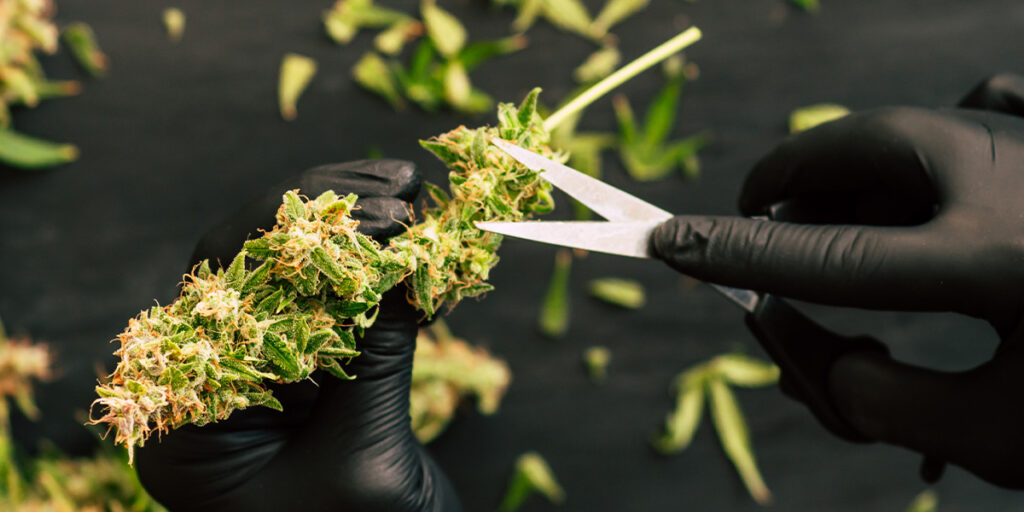
Product Packaging
Treat your product with the Katana before it goes into packaging as your final step in contamination prevention and mitigation. Early research, still in development, suggests that the application of UVC before packaging may also extend the shelf life.
Retail
The Katana will not be of benefit on flower already sealed in jars and packaging for sale. But everybody likes a clean retail space, especially in light of COVID19. Reduce employee and customer chemical exposure by utilizing the Katana in retail spaces to sanitize surfaces, especially high touch surfaces and those susceptible to chemical deterioration.
Effectively Killing Powdery Mildew and Bud Rot at Every Stage
The Katana was specifically designed to get deep into plant canopies and hard to reach places to provide chemical free UVC radiation lethal to surface powdery mildew and bud rot spores. Through eons of evolution, these powdery mildew and bud rot spores have developed a light-activated DNA repair mechanism. If a piece of DNA is damaged by UV light, then it’ll immediately go to work to repair that DNA.
The way to achieve a 99% kill rate is to immediately treat the contaminated area and surrounding areas with the Katana followed by a minimum 4-hour dark period. The DNA cannot repair itself in the dark. This maximizes the kill rate of the spores and is considered permanent destruction.


